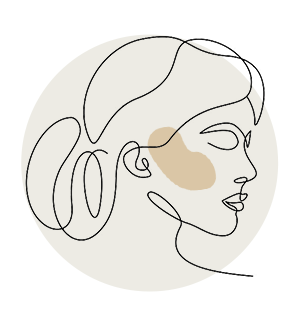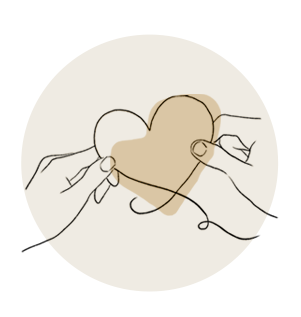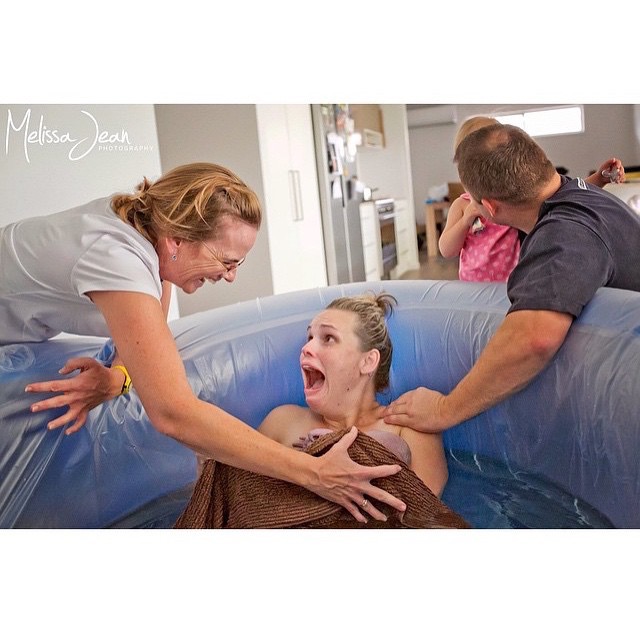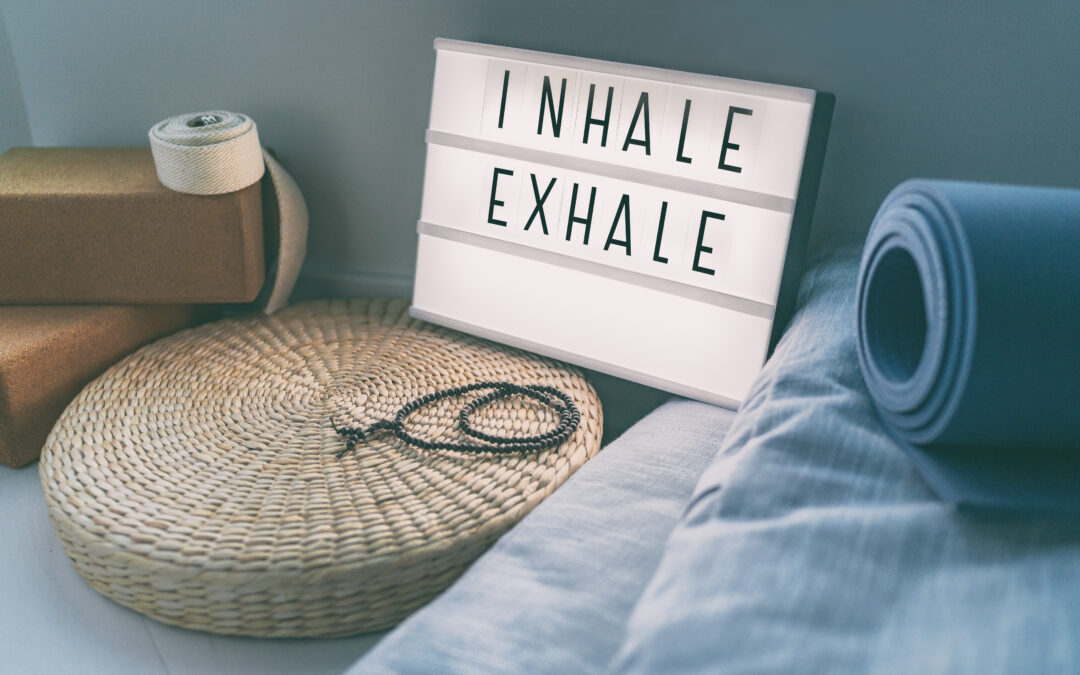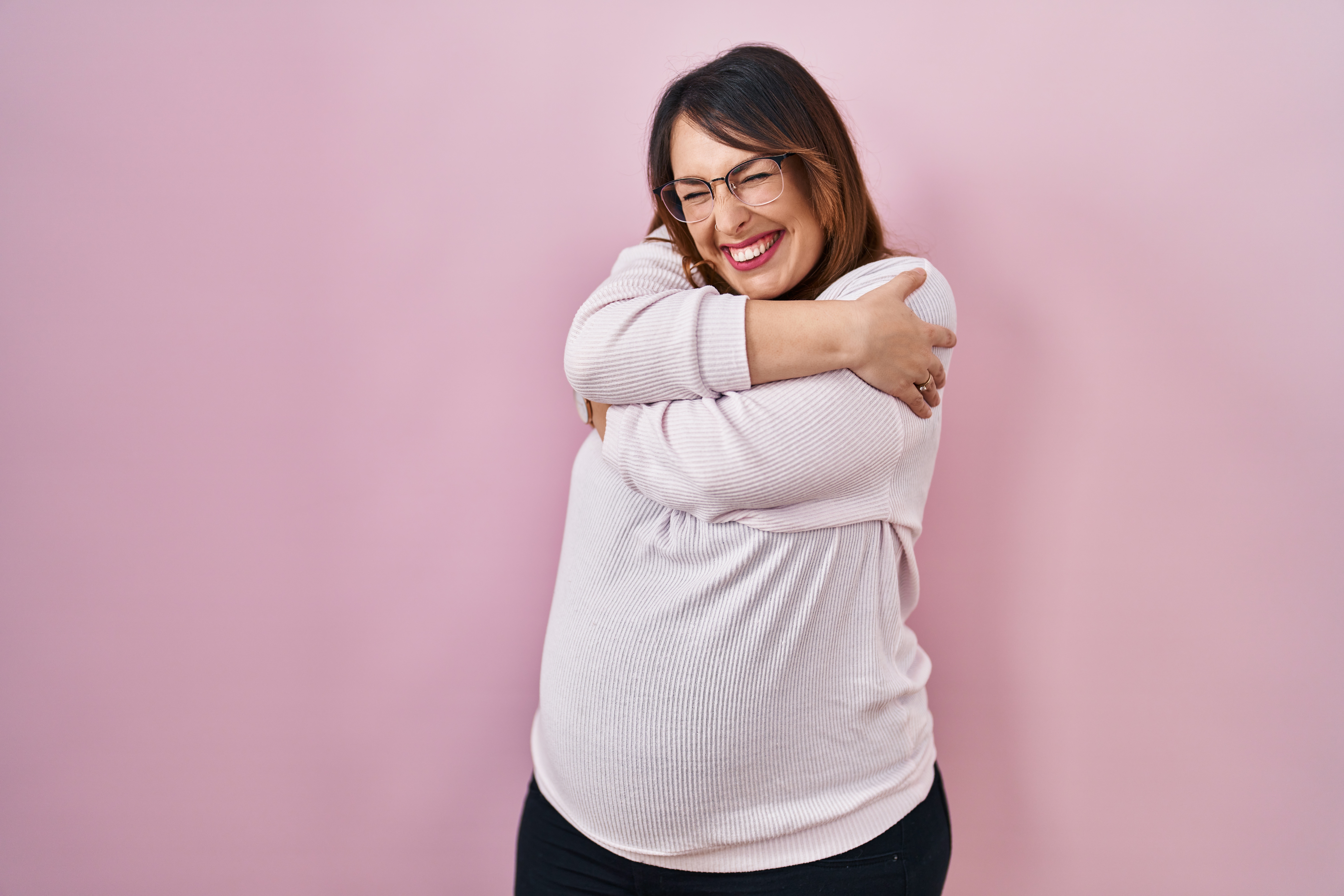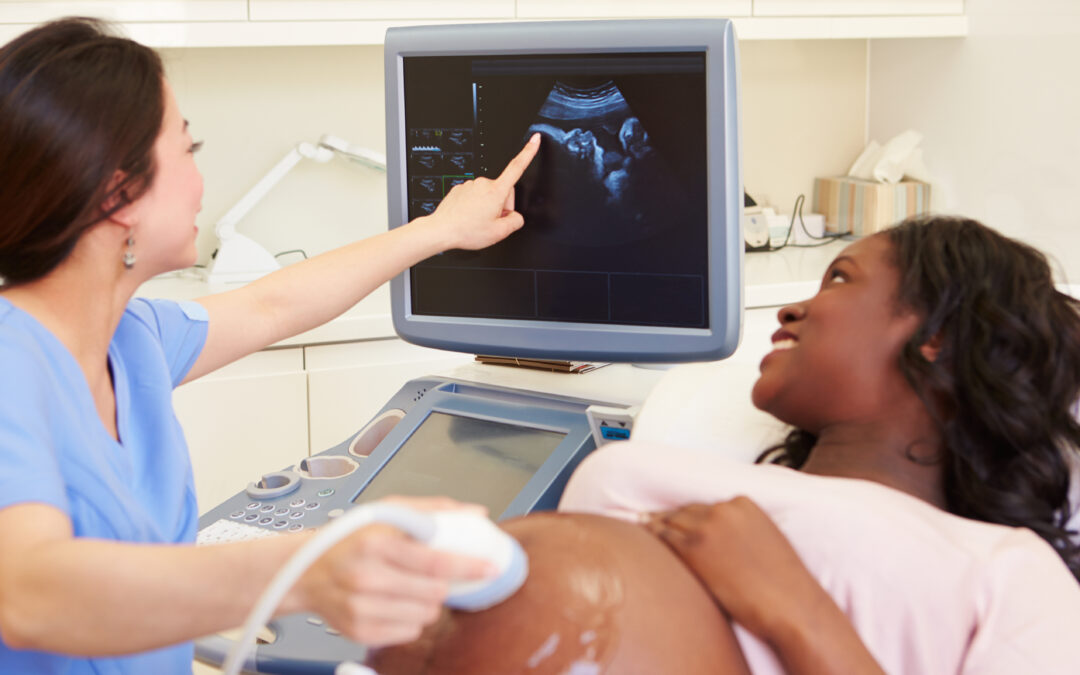What is the perineum?
In vulva bearing people, the perineum is the muscle and tissue between the anus and the vulva. During childbirth, the perineum stretches, and in some cases, can result in a tearing of the tissue. One way that may help to prevent this tearing, or the need for episiotomy, is to begin stretching and massaging the perineum for a few weeks before your due date. This massage can increase your chances of birthing your baby over an intact perineum. When our perineum rim is soft and relaxed, your baby slips past the rim and out of the vagina.
It is simple, yet so effective.
What are the benefits of Perineal Massage?
In the last 4-6 weeks of your pregnancy your body produces a final surge of relaxin and other hormones to soften and lengthen your tissues. This is a great time to begin encouraging the tissue at the entrance to your vagina to soften become more flexible and to recognize the stretching sensation as your baby moves down your birth path.
Perineal massage can be done by yourself, but is also a great way to connect with your partner. It is actually quite simple and is thought to have important effects on elasticity of the perineum tissue and preparing the pelvic floor muscles, blood flow, the skin, and the surrounding connective tissue.
How do I practice perineal massage?
A good time to start is around week 34 of your pregnancy. The aim is to massage your perineum, for around 5 minutes, three to four times a week. It is totally ok for it to feel a little uncomfortable at first, but this will get better after a few massage sessions.
1. Make sure you are comfortable. This could be with your back supported and resting against some pillows and sit with your knees open like a book. You might want to have a hand mirror handy, so you can see your perineum. Or your partner can do the massage for you.
2. Ensure your hands, or partner’s hands are nice and clean. Dip your fingers or your partners fingers into the massage oil as deep as the 2nd knuckle (see below for the oils we recommend)
3. Place a thumb or finger about 2 inches or 5cm into your vagina, and use it to gently stretch the wall out to the side. Call this 3 o’clock.
4. Still pressing and stretching outward, sweep down to 6 o’clock and around to 9 o’clock. It shouldn’t hurt so if you feel a strong burning sensation you’ve stretched too far. You are aiming to soothe the area just below your vagina and between your anus – your perineum.
5. There is also the technique whereby you will gently insert thumbs or 1-2 fingers, 3-5 cm into the vagina, and firmly sweep in a downward and side to side motion.
6. Over time, it’s good to build up the intensity and duration of the stretches and aim for a total of 4 or 5 minutes
How often do I need to massage?
As mentioned, it is a good idea to repeat this every few days so you are massaging 3-4 times a week. Some evidence suggests that even as little as 1-2 times per week can make a significant difference. However, other evidence shows that results improve the more often that you perform the massage.
Another very important benefit to perineum massage is that it increases your awareness of this area of your body. It is helping you to become familiar with your body and the feeling of stretching. It is important to focus on being relaxed, to breathe and perhaps use some of your visualisations as you massage.
What oils should I use?
It is best to use natural and preferably unscented oil for perineum massage. Here are some oils that we recommended to our birthers:
Apricot kernel oil: is rich in antioxidants and also contains anti-inflammatory properties, helping to soothe and comfort the delicate area. Apricot kernel oil is also deeply moisturizing.
Jojoba oil: is extremely moisturising and is renowned for it’s ability to enhance the skins stretching ability. It may also help speed up wound healing.
Calendula oil: is great for it’s anti-inflammatory properties that can help soothe the delicate perineal area, whilst promoting skin healing and repair.
Vitamin E oil: extremely moisturising and softening yet strengthening for the skin barrier. And research suggests that it may assist in skin repair, healing and scar tissue.
We strongly advise that you avoid any synthetic oils or mineral oils.
**NOTE:
It is advised that you should not perform perineal massage in any of the following situations:
• prior to 34 weeks of pregnancy.
• if you have placenta praevia (a low–lying placenta) or any other condition where there is bleeding from the vagina during the second half of pregnancy.
• if you are suffering from vaginal herpes, thrush or any other vaginal infection, as massage could spread the infection and worsen the condition.
The information and resources we share are for informational purposes only and are not intended to replace the advice of your doctor or health care professional. Please seek the guidance and support of your midwife or GP.
Resources:
https://www.ncbi.nlm.nih.gov/pmc/articles/PMC1403252/
https://clinicaltrials.gov/ct2/show/NCT04157777
https://www.uofmhealth.org/health-library/stp1452#stp1452-sec
http://brochures.mater.org.au/brochures/mater-mothers-hospital/perineal-massage


